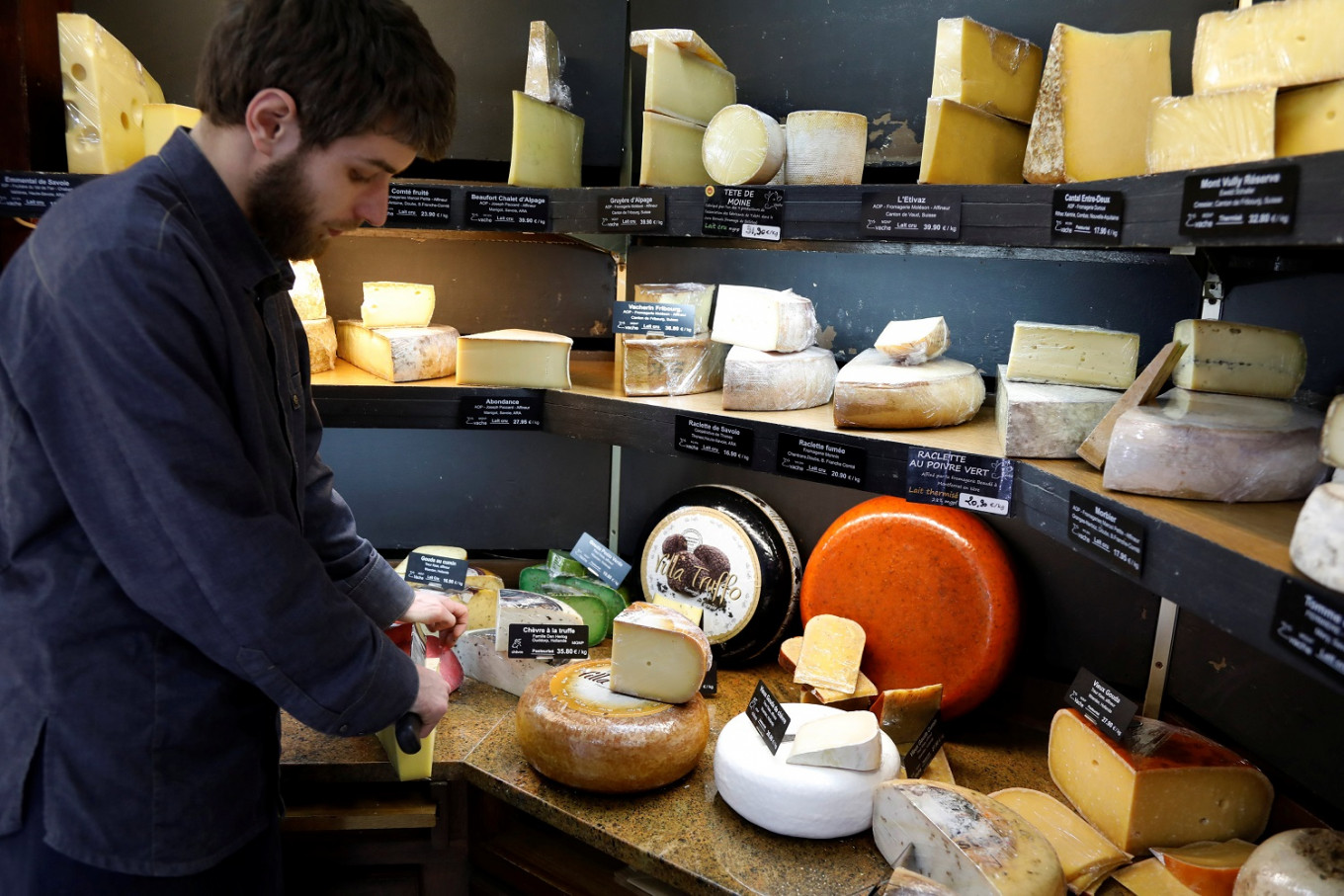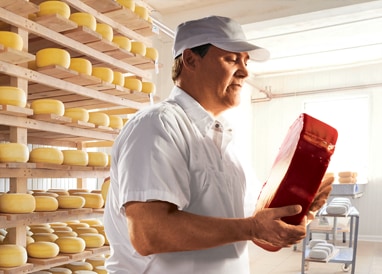Behind the Scenes with Cheese Makers Melbourne: Including Floridia Cheese
Behind the Scenes with Cheese Makers Melbourne: Including Floridia Cheese
Blog Article
Opening the Tricks of Artisanal Cheese Making: A Step-by-Step DIY Guide
In the world of cooking workmanship, artisanal cheese making stands as a testament to the fragile equilibrium between practice and technology. Each action in the procedure, from selecting the right milk to improving aging techniques, holds within it a wide range of understanding passed down with generations. As we start this trip to debunk the art of producing charming cheeses, we are confronted with a tapestry of secrets and skills waiting to be untangled. Join us as we explore the ins and outs of this old craft, where art, scientific research, and patience converge to produce tastes that entice the senses.
Picking the Right Milk
When getting started on the trip of artisanal cheese making, the option of milk plays an essential duty in identifying the top quality and attributes of the final product. The kind of milk picked impacts the taste, texture, and generally profile of the cheese.
When selecting milk for cheese making, it is crucial to consider the fat material. Higher fat content in milk can lead to a creamier and richer cheese, while reduced fat material may lead to a drier and firmer appearance. Additionally, the source of the milk, whether from cows, goats, lamb, or buffalo, contributes distinct flavors and attributes to the cheese (Floridia Cheese). Each sort of milk brings its own subtleties, enabling a large range of cheese selections to be crafted based on the selected milk. Inevitably, the choice of milk is an essential decision that establishes the foundation for a successful artisanal cheese-making endeavor.
Culturing and Coagulating
To launch the cheese-making procedure, the vital actions of culturing and coagulating should be carefully performed to change milk right into curds and whey. Culturing involves introducing valuable bacteria to the milk, which then begins the fermentation procedure. These microorganisms convert lactose (milk sugar) right into lactic acid, developing the acidic atmosphere needed for coagulation. The type of society made use of can significantly influence the taste, structure, and ripening of the final cheese item.

The timing and temperature level control during culturing and coagulation are critical variables that affect the last outcome of celebrity. Correct execution of these actions is crucial to ensure the wanted structure, flavor, and consistency of the artisanal cheese being generated.
Draining Pipes and Pressing Curds
After the milk proteins have actually coagulated and the curds have been cut to release whey, the following critical step in artisanal cheese making involves draining pipes and pushing the curds Source to attain the wanted texture and uniformity of the last cheese product. Draining pipes is the process of dividing the curds from the whey. This can be done by moving the curds into a cheesecloth-lined colander or mold and mildew and allowing the whey to drain off naturally. The time for draining can differ relying on the sort of cheese being made and the preferred wetness material.
Pressing aids remove any kind of remaining whey and compacts the curds to develop a strong cheese wheel. Correct pushing and draining pipes are critical actions that substantially influence the quality and qualities of the artisanal cheese being created.
Aging and Flavoring Strategies
Carrying out thorough aging and flavoring methods is pivotal in enhancing the deepness and intricacy of artisanal cheeses, boosting their taste profiles to beautiful degrees of improvement and elegance. Aging plays a vital duty in developing the one-of-a-kind flavors and textures that distinguish artisanal cheeses.
Flavoring techniques likewise add significantly to the last taste of artisanal cheeses. Cheesemakers may choose to introduce additional tastes by including ingredients such as herbs, spices, or perhaps fruits right into the cheese throughout the production process. In addition, some cheeses are washed or rubbed with various liquids, such as salt water or alcohol, to improve their tastes and textures.
Wrapping and Storing Cheeses

Verdict
To conclude, mastering the art of artisanal cheese making includes thoroughly selecting the ideal milk, adhering to accurate culturing and coagulating procedures, draining pipes and pressing curds successfully, and making use of various aging and flavoring techniques. By following these steps carefully and with focus to detail, you can develop your very own tasty and one-of-a-kind cheeses in the house. Remember to cover and save your cheeses appropriately to make certain ideal taste and structure growth. Delighted cheese making!
Each kind of milk brings its own nuances, permitting for a large array of cheese varieties to be crafted based on the selected milk.After the milk proteins have actually coagulated and the curds have been cut to launch whey, the following critical step in artisanal cheese making involves draining and pushing the curds to accomplish the preferred appearance and consistency of the final cheese item. The majority of cheeses should be covered in wax paper or cheese paper to allow them to take a breath while shielding them from drying out. For cheeses that site need to continue aging, such as bloomy skins or washed peels, ensure they are stored in an amazing setting like a cheese cave or a fridge set to the proper temperature level. By paying interest to the wrapping and storage space of artisanal cheeses, cheese makers and lovers can maintain the integrity of these delicacies and completely appreciate their complex tastes.
Report this page